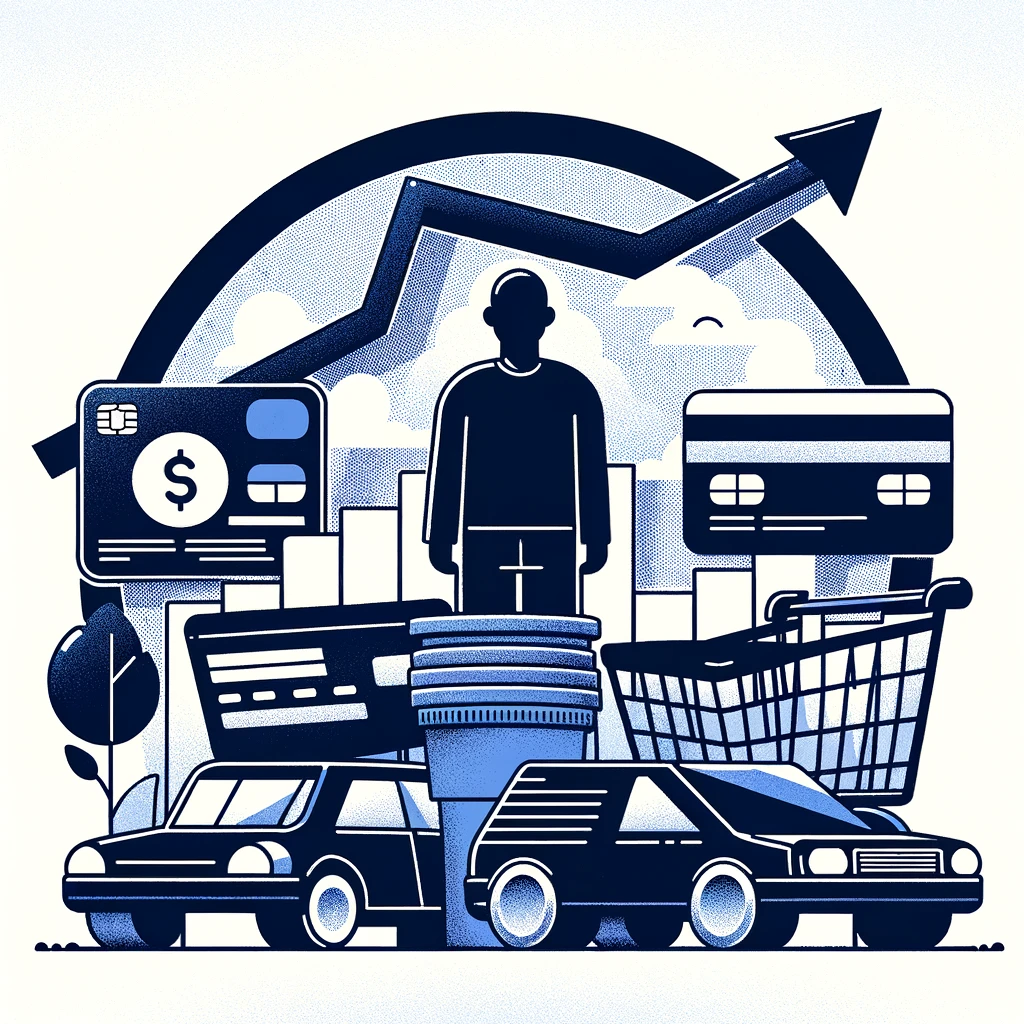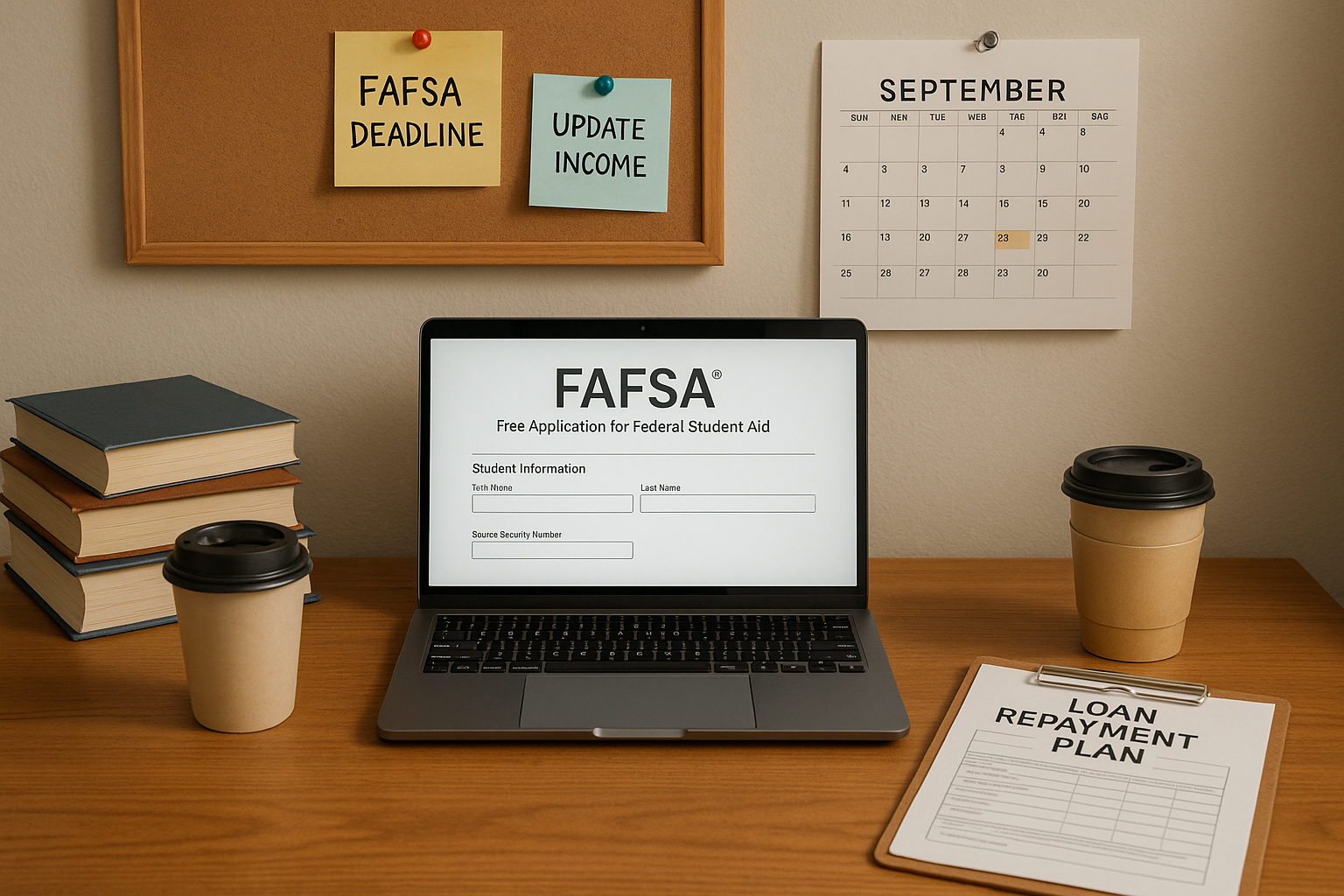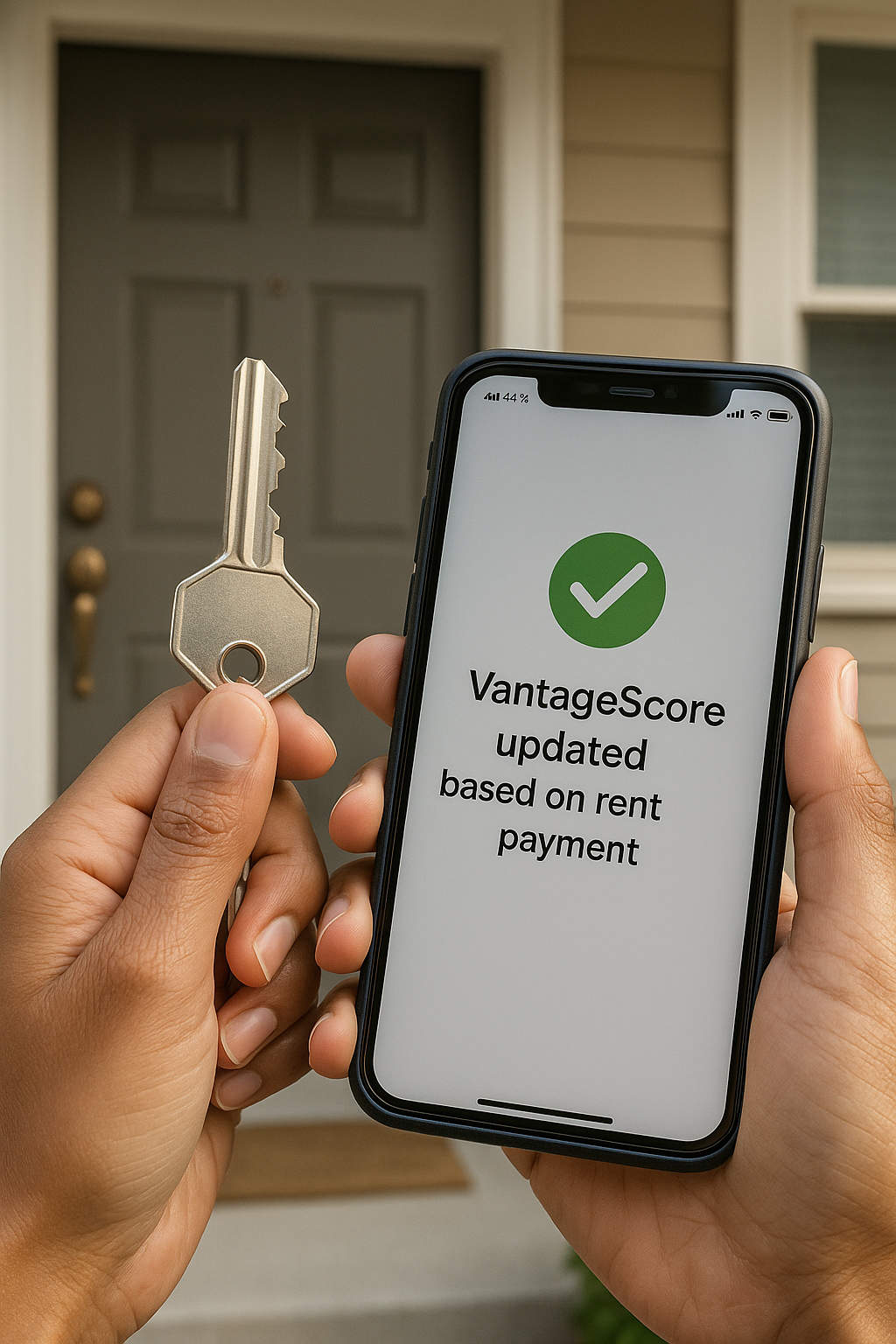
As young Latinos in the U.S., we know that starting a professional life and building a secure future often comes with unique financial challenges. Converting that economic force into personal wealth requires a solid strategy, especially when navigating the deep waters of American consumer debt.
Many of us look around and see a culture that normalizes owing money, a constant cycle of “buy now, pay later.” But why are we in debt? For our community, it’s often a mix of systemic factors and unique cultural pressures that make personal finance feel like a constant uphill battle. Let’s break down the reasons we’re borrowing and how we can flip the script.
What is Debt, De Verdad?
Debt is simply money owed to another party. The problem in the U.S. isn’t debt itself; it’s the rate and ease with which U.S. consumers accumulate it. For many young professionals, debt has become a default setting rather than a strategic financial tool.
The numbers show that this cycle disproportionately affects the younger generation. According to recent data, the total U.S. household debt is surging, and millennials (many of whom are young working Latinos) are taking on debt faster than any other generation. The total U.S. consumer debt is over $17.1 trillion, and credit card debt alone has crossed the $1 trillion mark (Federal Reserve Bank of New York, Quarterly Report on Household Debt and Credit). We need to understand the cultural and economic currents that push us toward this.
1. The Siren Song of U.S. Credit Access
One of the biggest differences between the U.S. and most of our home countries is the overwhelming availability of credit. In many places in Latin America, credit is harder to get and comes with annual percentage rates (APRs) that can be alarmingly high. Here, credit is woven into the fabric of everyday life:
The Approval Loop: Whether it’s a student loan, a lease, a phone payment plan, or a “no credit check” approval offer, the system is designed to get us borrowing early and often.
The Temptation of Plastic: U.S. consumers have access to multiple credit cards with easy approval. While this accessibility is often seen as a benefit of the American economy, it becomes a trap without sound financial education.
The result is that many of us are using credit to finance our current lifestyle, from the new car to the summer vacation, without a clear plan for repayment. We’re trading future earnings for instant gratification today.
2. High Interest Rates on Consumer Debt
While overall interest rates in the U.S. might be lower than in other countries, the recent economic environment has made carrying a balance on credit cards more expensive than ever.
The Post-Pandemic Push: The high inflation rates that followed the 2020 pandemic forced many households to rely on credit cards just to maintain their pre-pandemic standard of living. This isn’t just a U.S. problem; it’s a young worker’s problem. We were often the first to feel the pinch of rising rents and gas prices.
The APR Trap: The average credit card APR is currently hovering near historical highs, often over 20% (Federal Reserve Economic Data – FRED, Commercial Bank Interest Rate on Credit Card Plans). This means if we carry a $3,000 balance, we could be paying hundreds of dollars a year in interest alone, essentially throwing money away.
3. Societal Pressure: Keeping Up With the Gringo
The pressure to “make it” and showcase success (known as keeping up with the Joneses) is strong in the U.S., but it can be amplified for us.
Media and Image: Social media constantly bombards us with images of success. This drives consumer spending, encouraging us to buy certain brands or gadgets to fit a desired image. This pressure, especially when combined with the desire to help family back home, can lead to overextending ourselves.
Cultural Expectations: We often feel pressure to achieve a certain level of success to honor the sacrifices made by our parents or grandparents. Unfortunately, that pressure sometimes translates into a spending habit (buying things we can’t afford) to project financial stability.
4. Our Habits: The Money Management Gap
At the core of the problem is often a lack of foundational financial literacy. When we constantly swipe a credit card with the thought, “I’ll pay it off next week,” we are normalizing a very risky behavior.
- The Paycheck-to-Paycheck Loop: By continuously using credit to bridge the gap between paychecks, we are essentially guaranteeing that a portion of our next check is already owed before we even receive it. This is the definition of living paycheck-to-paycheck.
- The Budget Blind Spot: Many U.S. consumers, including those in our community, lack the simple but critical habit of budgeting. Without knowing exactly where your money goes, it’s impossible to control it. We end up in a loophole of paying off debts we didn’t need in the first place.
This financial instability is a common reality. A survey from the U.S. Census Bureau found that Latinos were more likely to use credit cards to meet spending needs during the pandemic compared to non-Latino White households (U.S. Census Bureau, “U.S. Household Pulse Survey – July 2021”). This shows we may be more reliant on debt for essential needs, not just wants.
Taking Control of Nuestras Finances
U.S. consumer habits, influenced by factors like easy credit access, societal pressures, and a lack of budgeting skills, contribute to a culture of debt and financial instability.
It’s time for us to reclaim control. Our hard work should be building our wealth, not paying unnecessary interest. We can break this cycle by prioritizing financial education and cultivating better financial habits. The first step is acknowledging the problem and committing to a change in behavior.
Ready to start managing your money like the CEO of your own life? The foundation of financial freedom starts with knowing where every dollar is going.
👉 Ask Gabi, the “judgment free zone” for all of your financial questions!
Stay tuned! We got you!






